New Creator Space Provides Place for Students to Design and Innovate
January 10, 2018
Connecting education to the future has always been a hot topic. As technology becomes more prevalent in schools, it offers new, exciting ways to teach and to learn. One of these is the La Salle Creator Space, which launched near the start of this school year.
Officially known as the Innovation and Design Center, and sometimes also referred to as a makerspace, this is the newly remodeled space of the old computer lab, next to the entrance to the library. It acts as a community center for machinery and new technology tools, giving room to design, innovate, and create.
While access to the space is currently on an ask-to-use basis, the school’s goal is that the room will eventually be staffed during and after school with people who can use the machinery. The space has a variety of tools, including several 3D printers, a large format printer, a laser cutter, and several other kits and machines for various arts and crafts. There are sewing machines, a fabric printer, and other tools for jewelry making and woodworking.
The space isn’t just for show: “The intent behind the place is to support kids in complex problem solving with a variety of both technological and non-technological tools,” said Ms. O’Brien, Vice Principal of Curriculum and Professional Development. “It’s a place for students to learn by doing, and a place to practice innovation and creativity and design thinking.”
Makerspaces are becoming widespread in both education and industry. Their value in education is generally seen as being related to two main opportunities they can provide: giving students a way to learn valuable workspace skills, and giving them a way to experience the design process.
Here at La Salle, the Innovation and Design Center gives a way to apply knowledge and skills that students have gained. “The thinking behind it is that there’s a need to build a bridge between what we do in education and academia and the workspace and students needs in the future,” Ms. O’Brien said. “[It’s] the future of education: most people in your generation and younger are going to have jobs that don’t exist today.” Makerspaces allow students to experiment, fail, and learn how to deal with the challenges that they will face in a real work environment, skills that students will need to know for the future.
Students and teachers alike are already finding new ways to use the machinery. For example, band students have used the 3D printers to create new mouthpieces. One teacher, Mr. Larson, said, “I’m a big proponent of showing what it can do, getting young people trained on things like large format printing, 3D printing, t-shirt press.” He uses the large format printer in his class to help visualize different eras and content, with the walls of his classroom covered with a number of large posters that were created in the Innovation and Design Center.
While the idea of a La Salle makerspace has been around for a long time, the plan was only put into action around two years ago. “The idea of the makerspace comes before me,” said Mr. Day, Vice President of Advancement. “I started in August 2014, and when I got here there was a master plan that had been done for the campus of all the things we wanted to build.”
Along with Ms. O’Brien and several other staff members, Mr. Day chose to take on the project and found a grant opportunity with the Murdock Foundation. After around three years of planning and working towards the grant, the grant was awarded last spring and the project was put into motion. “I think it happened faster than we all thought it would,” he said.
Currently, the space is around 60% complete. The biggest remaining step of the project will be remodeling the room itself. Most of the construction is set for this summer, with plans to connect the room to the courtyard outside, allowing for easier access. The exterior wall will be taken out and parts of the outdoor area will be fenced in to create an open-air workspace. Along with this, smaller improvements such as improving the lighting, ventilation, and storage will all be made. The other focus of the remodeling is brightening up the space.
“It kind of has a dorm room, industrial feel the way it is now,” Mr. Day said. “But what we’re going to do is repaint the whole area, make it much more colorful and much more attractive.”
The goal is to make the room look and feel as creative as it’s meant to be, with lots of room to work and create.
Along with the remodeling, there are plans to add more equipment, including more 3D printers, and several other woodworking tools and kits to the center. “We’re also waiting to see the demands of students before we add more,” Ms. O’Brien said. “We have funding marked for future needs of the space, but we want to see what the needs are.”
Ultimately, the makerspace represents a new way for students to gain real world, hands-on experience. “The thing that gets me most excited is that students will pop their heads in and be like ‘Woah, this looks cool, what is this?’ and they’re interested in doing something there.” Mr. Day said. “It’s exciting to me that students can go in and ask, ‘What would happen if we did this?’”
Historically, school tends to focus on learning by the book, without realistic applications for that knowledge. The goal of the makerspace is to start changing that, allowing students to get involved and learn more by doing and acting.
“I’m really excited about students being given the opportunity to think past the quiz, and past the final,” Mr. Day said. “I think there’s real value in being allowed to learn how to fail and how to succeed.”
***
What questions do you have about La Salle’s new Innovation and Design Center? Let us know in the comments below, and we’ll do our best to answer them.

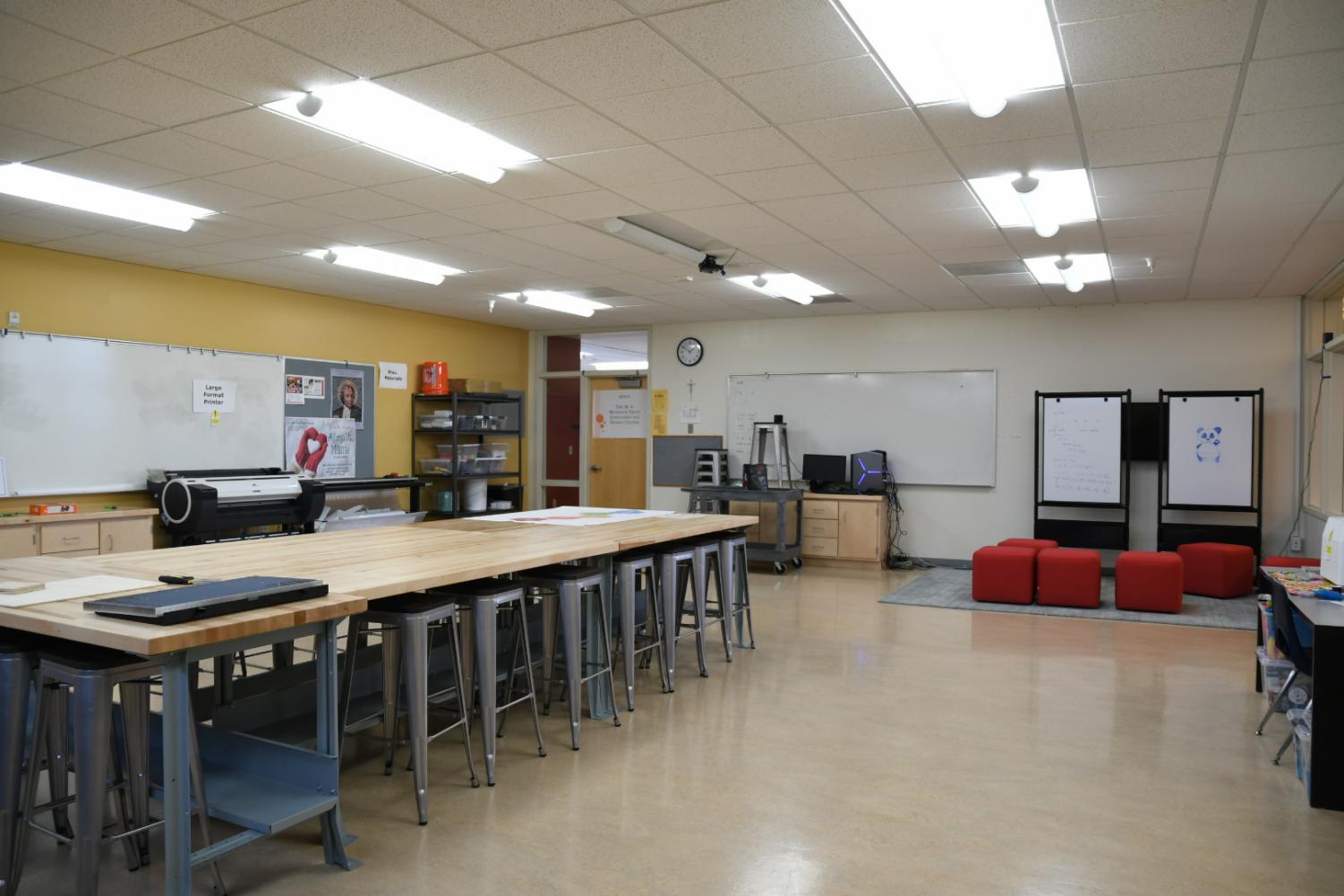


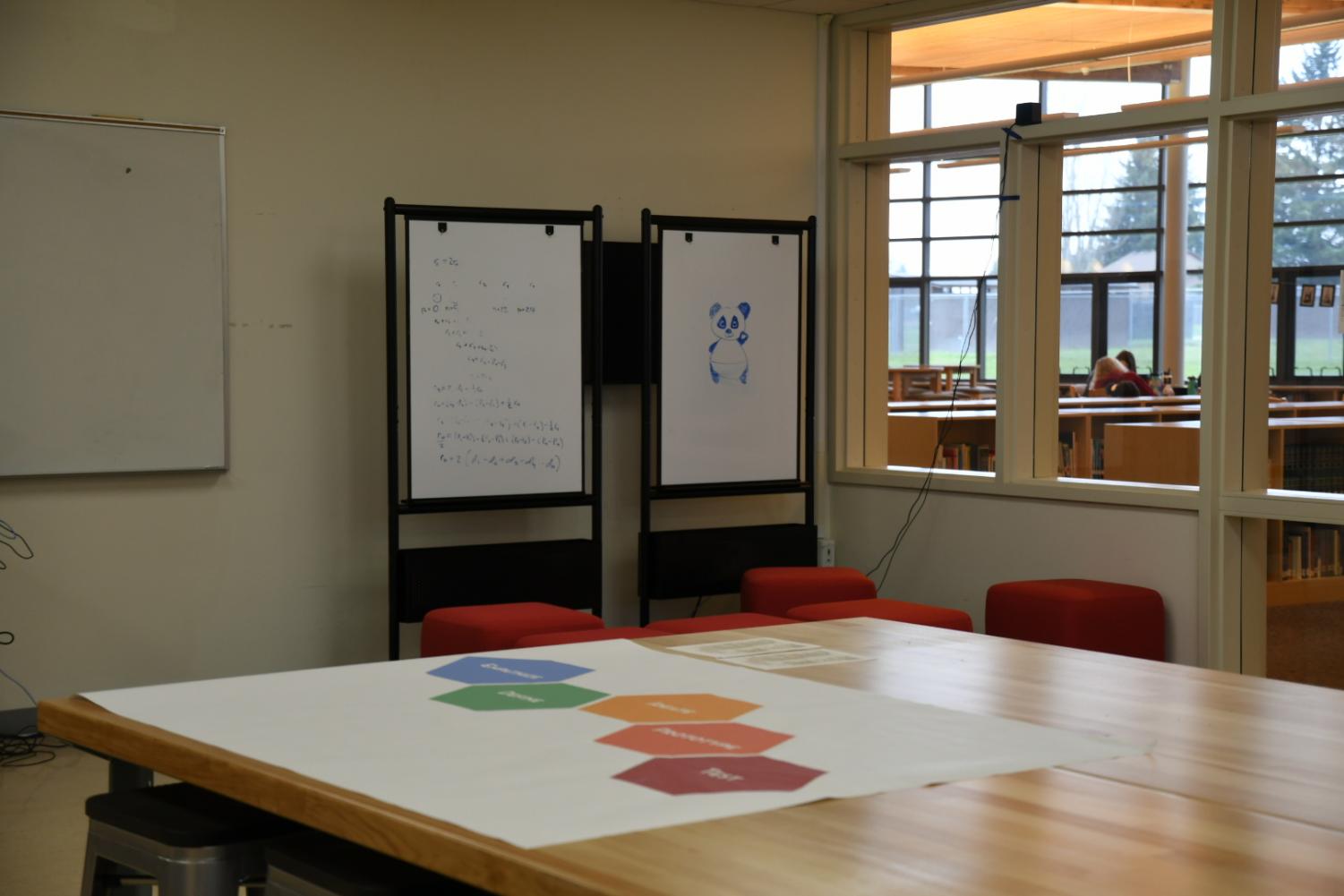
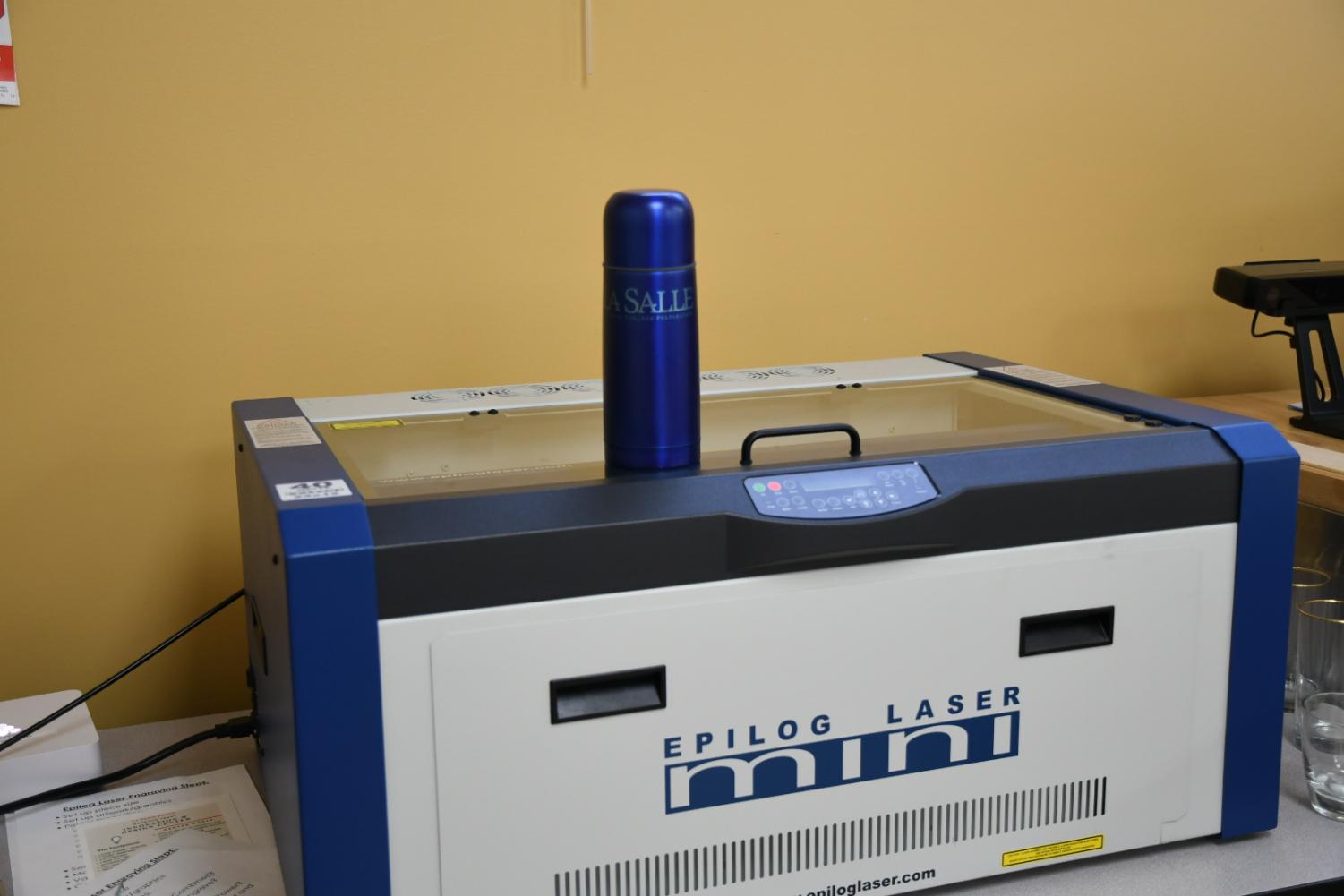
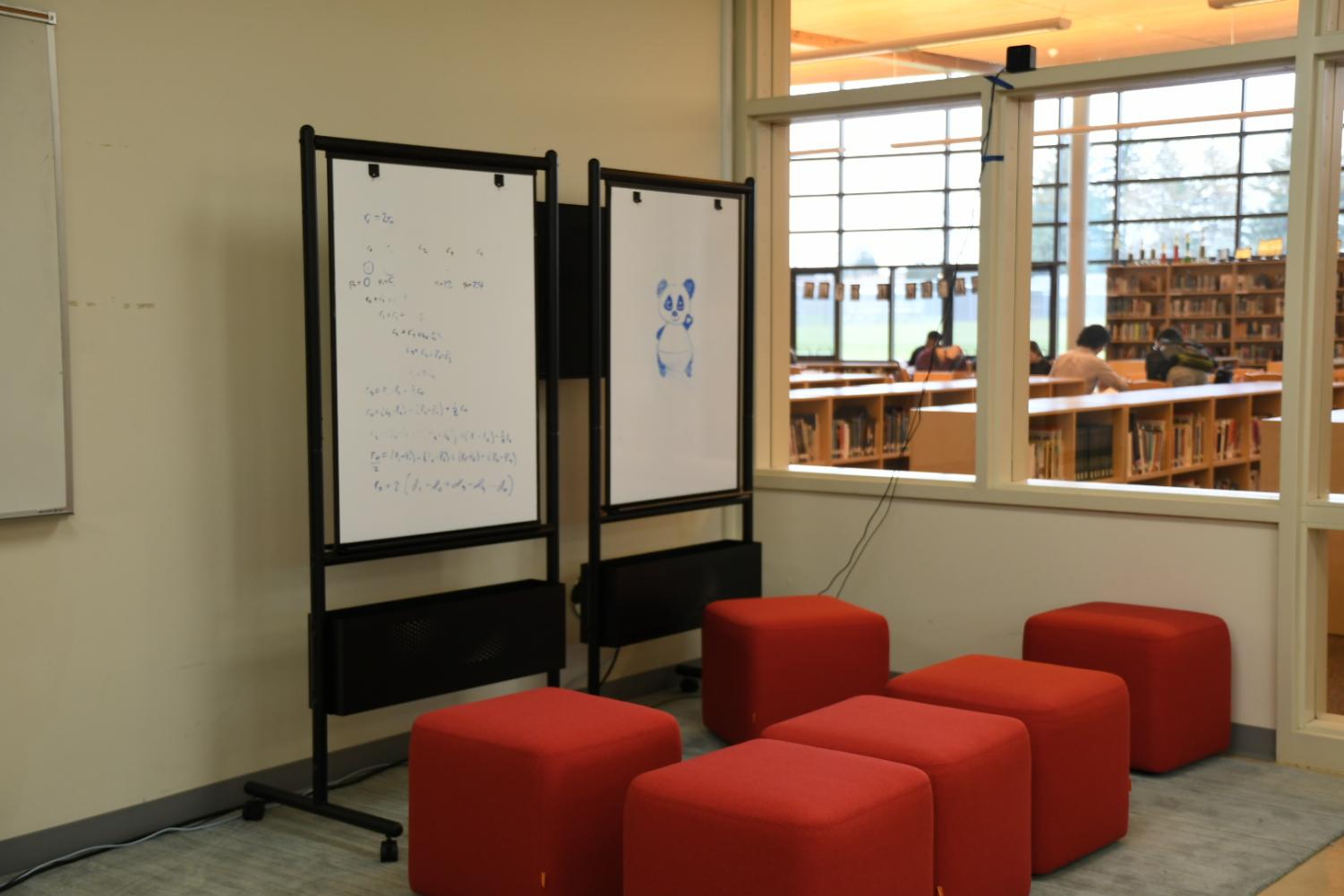
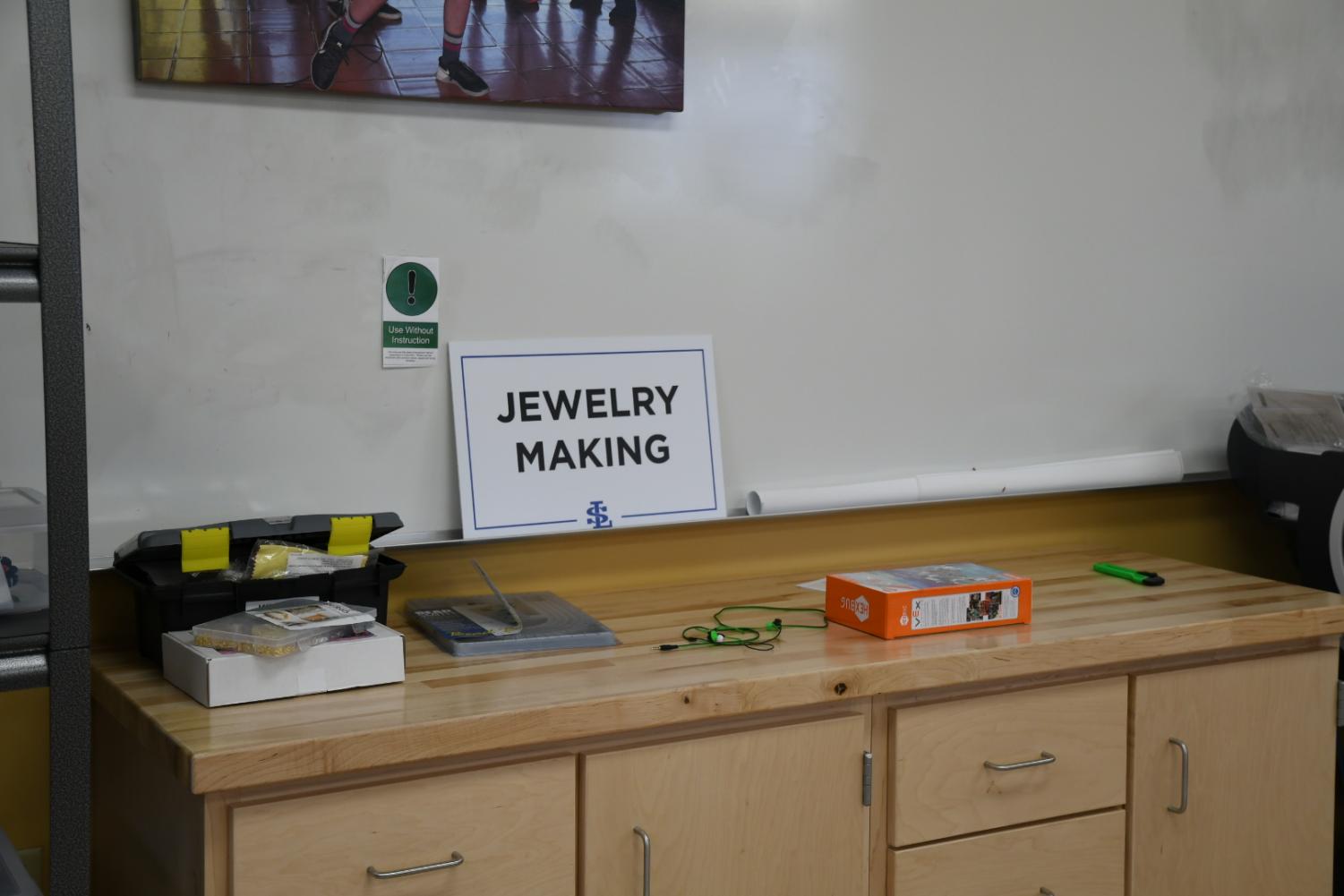
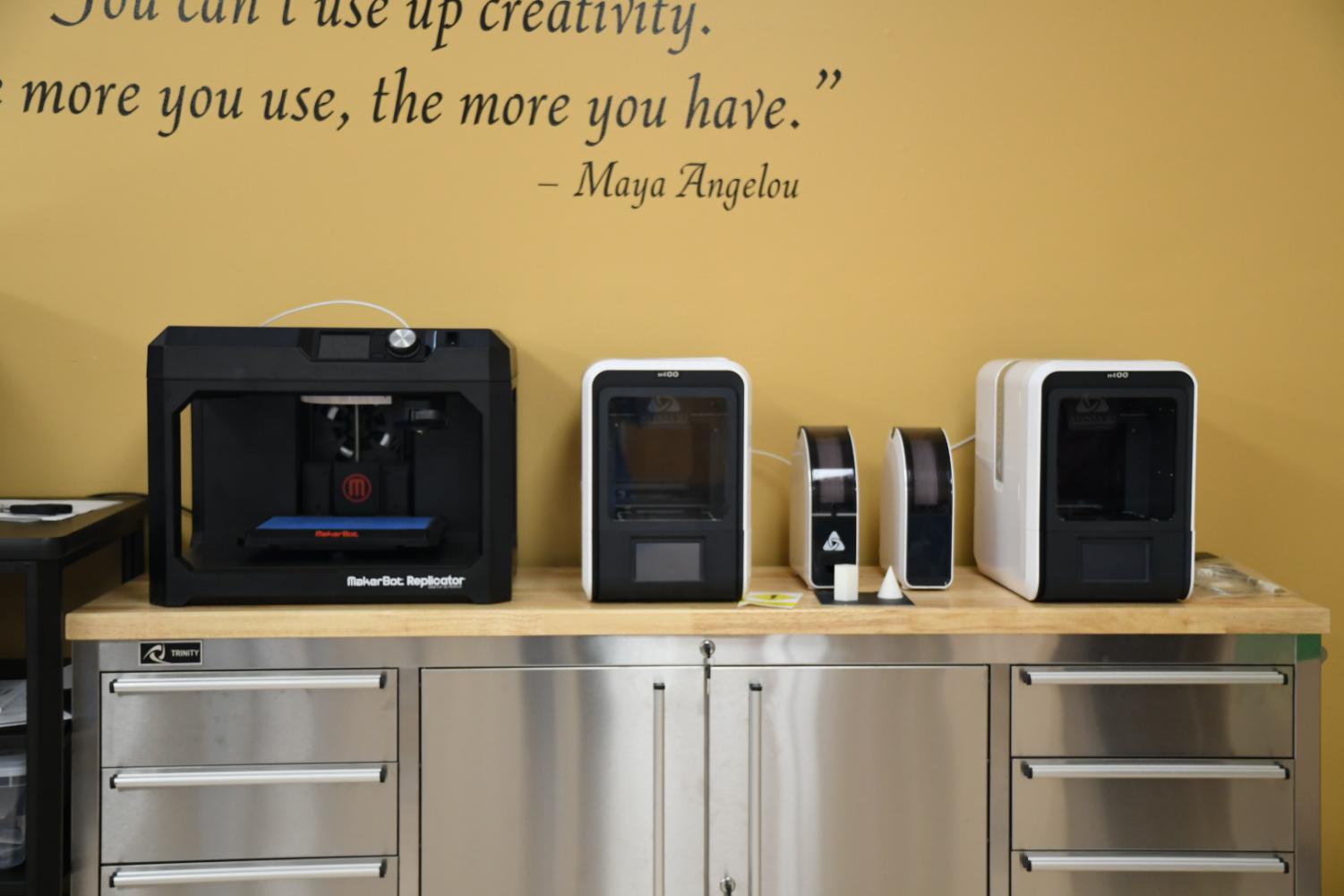
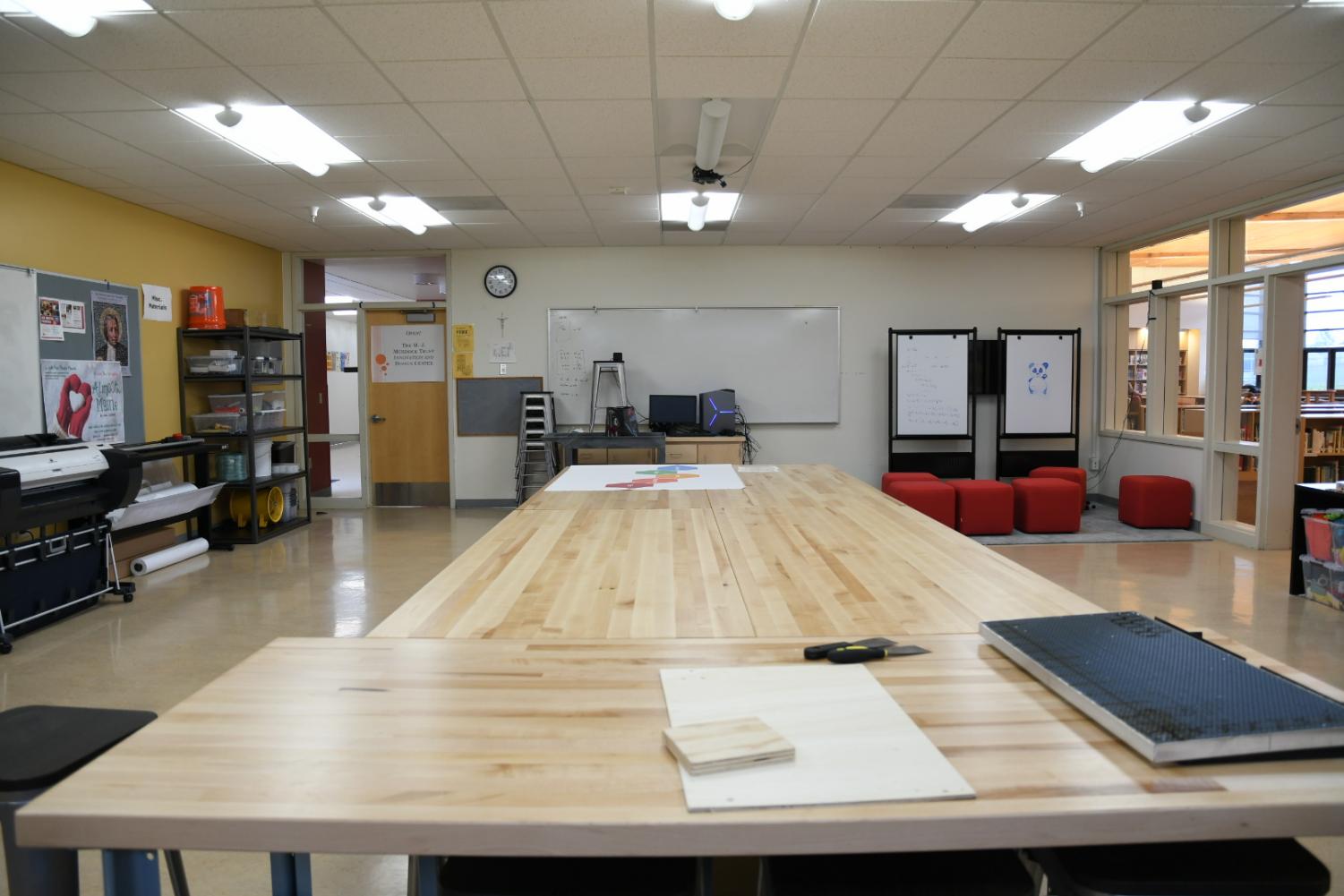

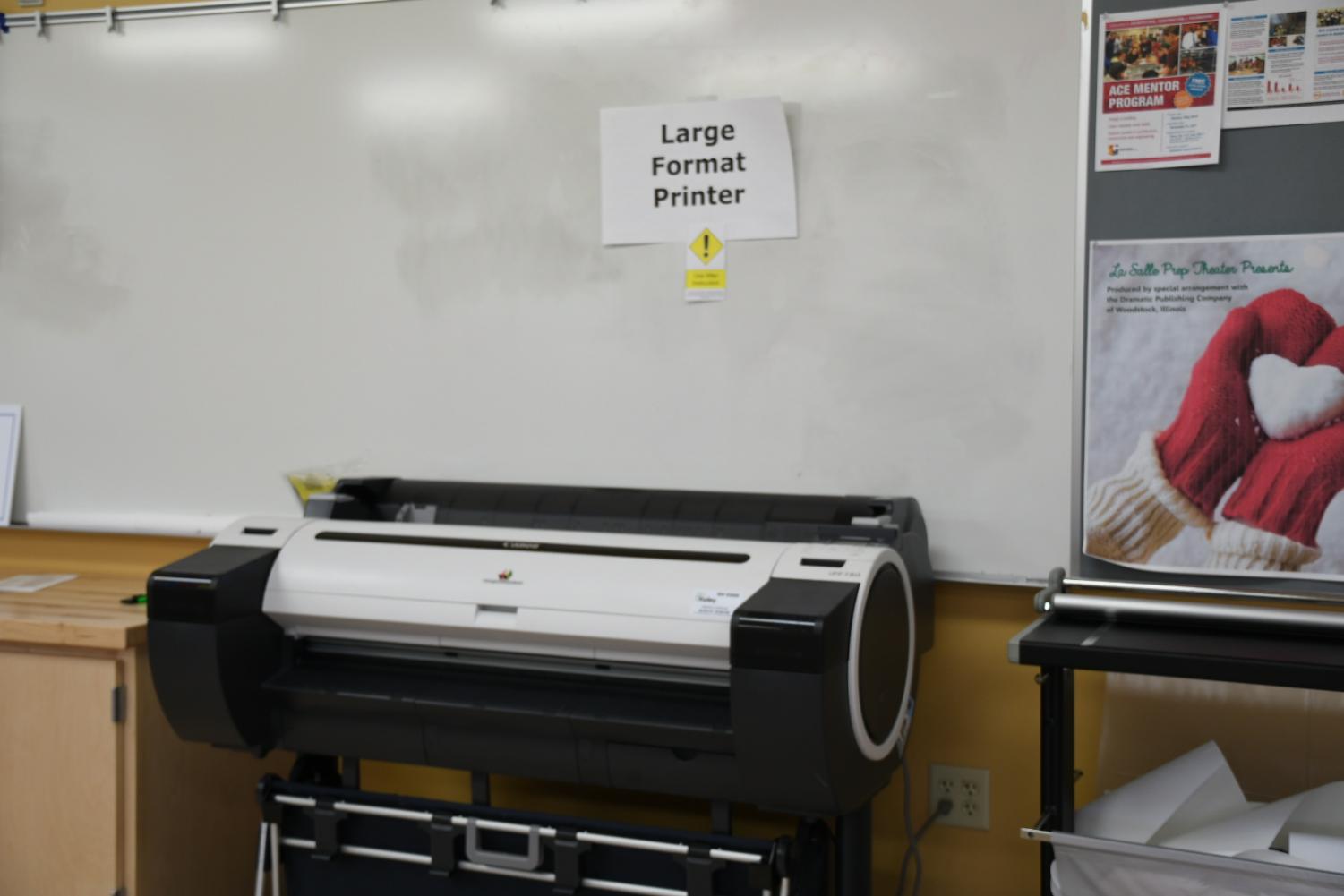


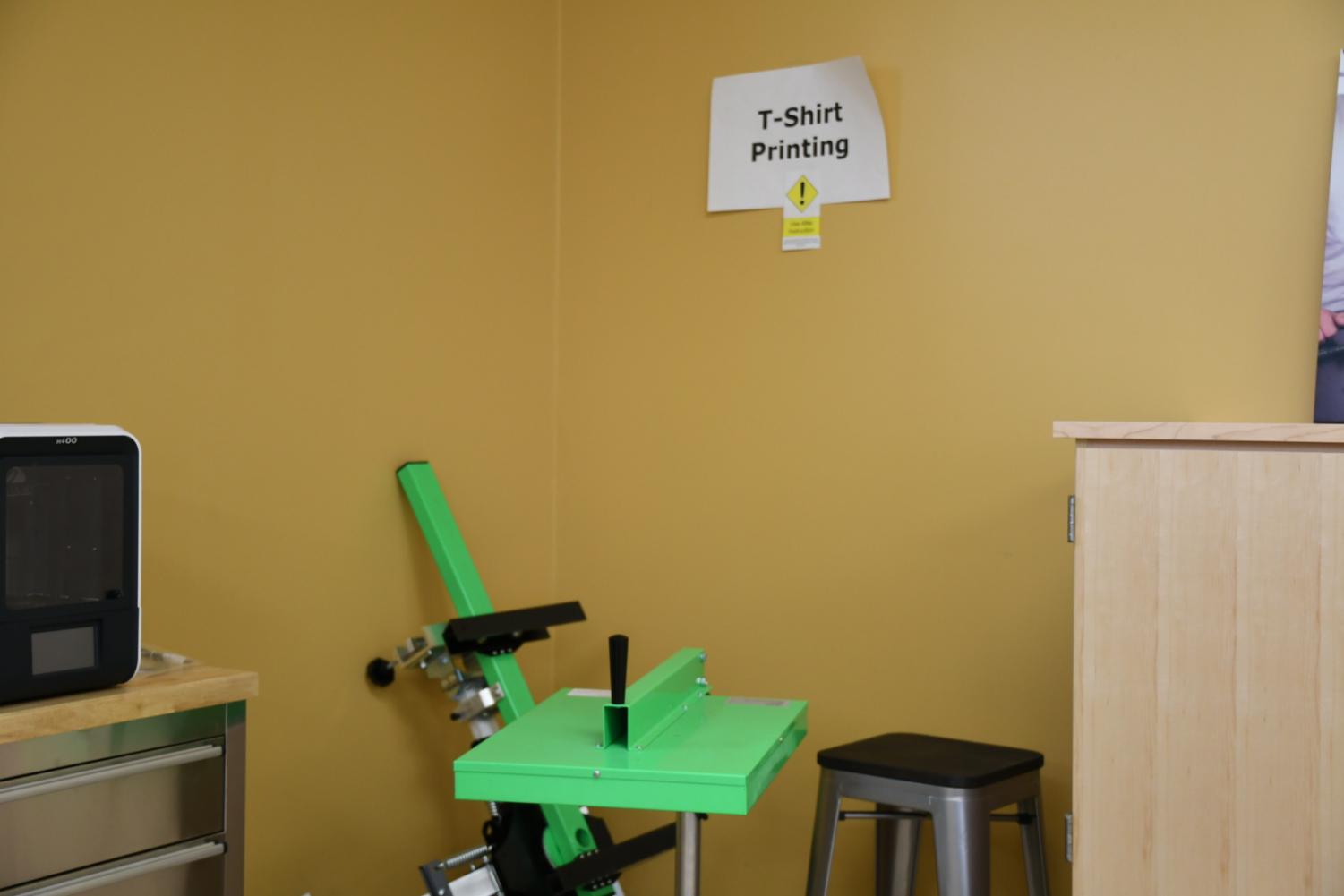
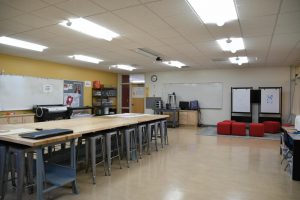
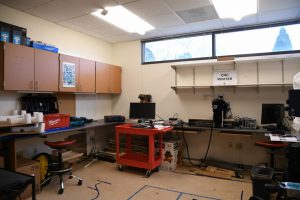


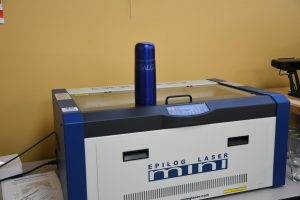
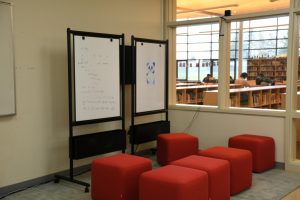
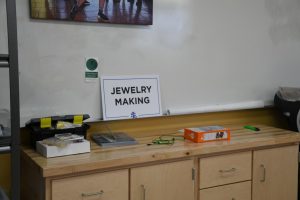
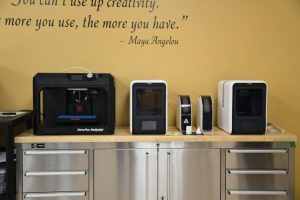
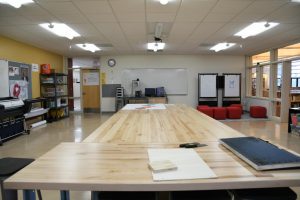
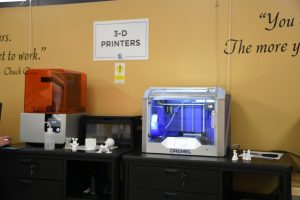
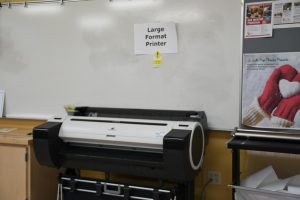
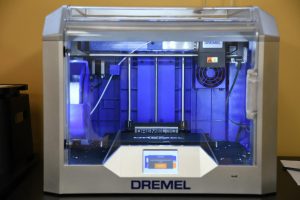
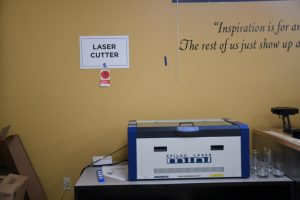





Souria Luyamba • Jan 10, 2018 at 8:30 pm
This is so cool! I always wondered what was in that room and now I have a better understanding!! Super useful. Sad I’ll be gone before it 100% completed but great opportunity for other kids to use.
Amira • Jan 10, 2018 at 7:39 pm
I’m very excited to use this for the YES Club!